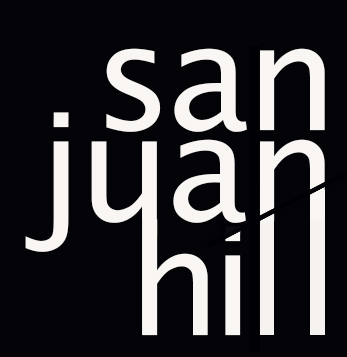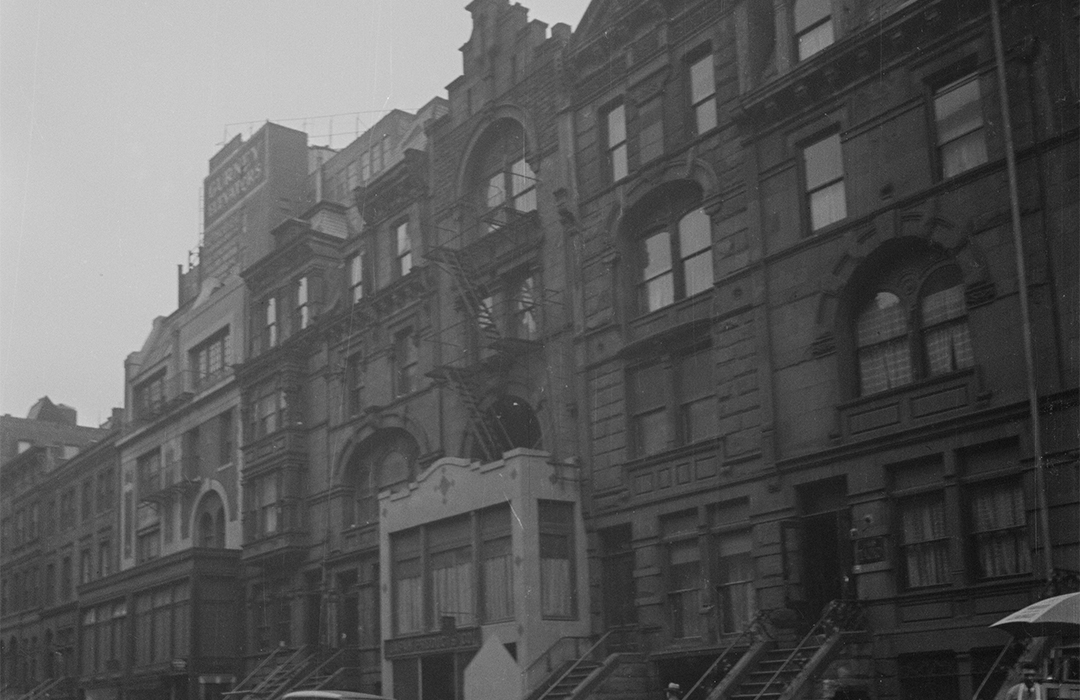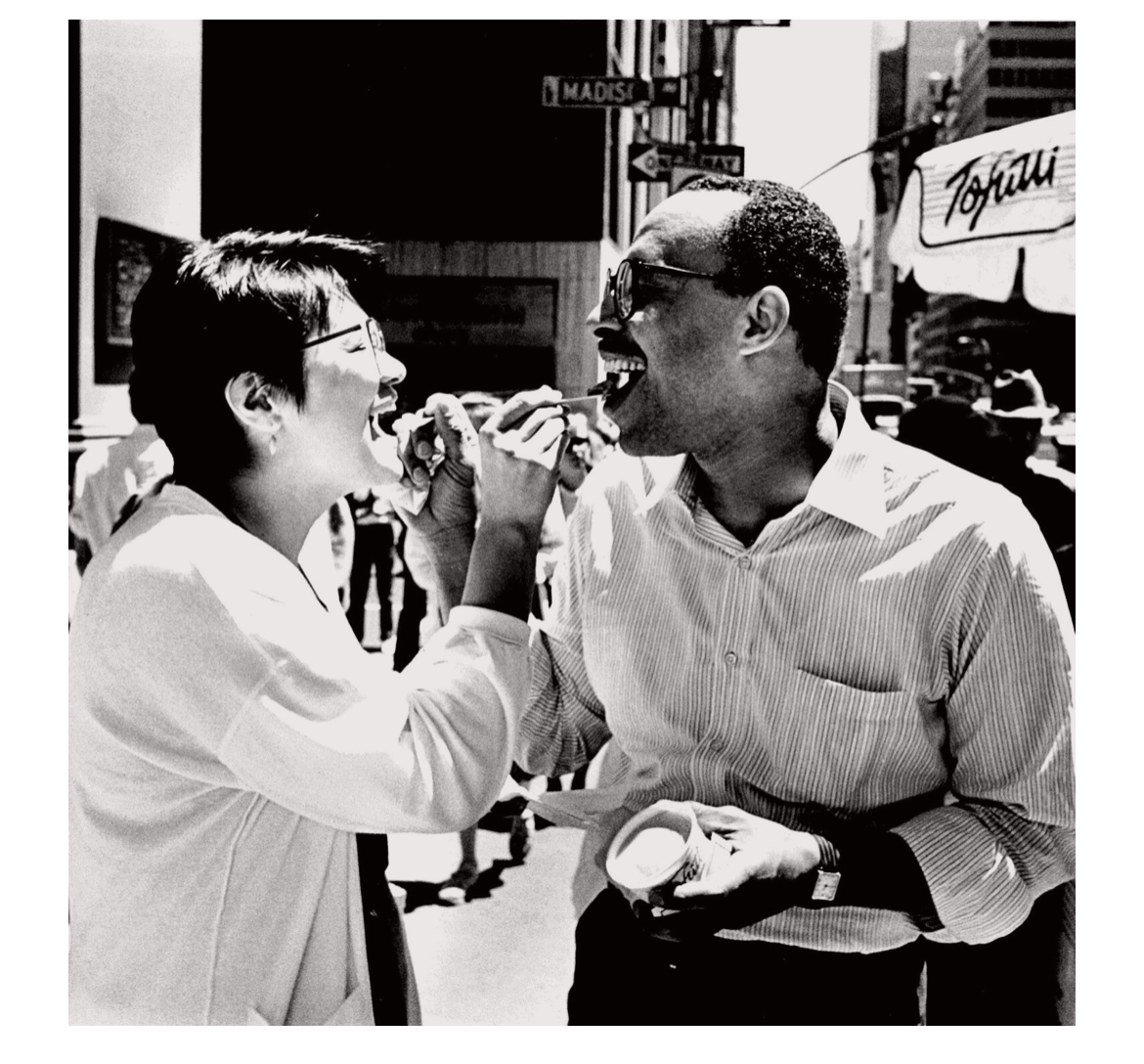
Speaking Tofu
by Claudie Benjamin
Dates are elusive, but sometime around 1914, K. Tanaka Japan Products opened at 144 West 65th Street. At the time shops selling Japanese food ingredients in the United States were almost entirely marketed to Chinese and Japanese customers. It’s easy to imagine that two Japanese boarding houses at 146 and 148 just up the block were regular customers for packages of Japanese rice, soy sauce, chopsticks, jasmine tea, and cooking utensils that were unavailable at the local grocery stores. A key product prepared from soy milk at the store was tofu, a staple in Asia going back about 2000 years. [1]
In pre-1960 New York City, sushi was served only in a few specialized restaurants and only the most adventurous foodies made their way down to Chinatown proudly hauling bags of Bok Choy, Napa cabbage, shiitake mushrooms, bean sprouts, seaweed, and other plants and vegetables used in preparing Chinese, Japanese and other Asian foods. While tofu had been a staple for centuries in China and then in Japan, it was virtually unknown outside Asian communities in the US.
The perpetually curious and inventive Benjamin Franklin had read about tofu in the 1760s. He knew about its high nutritional value and even sent some soy beans to a friend to check out. Tofu only became more widely known in North America, in California and Washington where there were many Asians who came to the United States in the late 1800s to help build the railroads. [2]
tofu makers and offered a whole new culinary experience for many Americans
In the early 1970s, converging with the counter culture’s interest in new healthful foods, tofu emerged on the East Coast as an interesting, exotic curiosity. What really propelled interest in this food in the United States was the career-long devotion to promoting the popularity of tofu by William Shurtleff and Akiko Aoyagi who wrote about 100 books detailing every imaginable attribute and historic marker related to tofu. The book gained a devoted following. More specifically, after The Book of Tofu was published its authors went on a nationwide tour to spread the word about tofu and soy foods. “We bought a big white van and drove about 7,500 miles. I showed slides, and we served recipes. It was just lots of fun. And the reception was very positive,” recalled Shurtleff. The Book of Tofu and their nationwide tour is credited with helping to launch hundreds of non-Asian commercial tofu makers and offered a whole new culinary experience for many Americans. This tofu movement also gave a boost to existing tofu companies run by Asian-Americans. [3]
The New York Times noted that “While such traditionally Oriental tofu companies as Hashizume and Tanaka & Company, which is on Manhattan’s West Side, have profited from the Westernization of tofu, young, counterculture entrepreneurs throughout the country have taken advantage of the growing demand.” [4]
Still, at that time, tofu was a mystery that had to be deciphered. A New York Times article entitled “Do you speak tofu or miso yet?” provided definitions of tofu, tempeh, soy sauce, soy flour and textured soy protein. [5] This was a time when soy sauce was not in everyone’s fridge. Today, in contrast, a multitude of soy sauce brands and at least five varieties of edamame are now available in local supermarkets—no one even remembers when these items weren’t widely available.
After the 1960s, when tofu did take off in the United States outside of Asian communities, its popularity was part of an extraordinary revolution regarding health, label-reading, and eating habits along with new vocabulary and general understanding and acceptance of intolerances related to certain food elements now categorized as gluten-free, vegan, lactose -free.
Tofu’s nutritional value according to The New York Times:
An eight‐ounce cake contains 11 grams of usable protein, or the same as 51/2 ounces of hamburger and more than a cup of cow’s milk. Supplying the body with 147 calories, that eight‐ounce cake provides 27% of the adult male’s requirement for protein. It is also low in carbohydrates and saturated fat and high in calcium, as well as a good source of iron, phosphorus, potassium, sodium, B vitamins and vitamin E. And it’s inexpensive: An eight‐ounce cake costs about 30 cents.” [6]
One particularly remarkable event in the tofu world was inspired by The Book of Tofu. Tofutti, a non-dairy ice cream substitute, was launched in 1982 by entrepreneur David Mintz. He maintained that, “a Jewish hippie” tipped him to the potential of tofu (and) “The Book of Tofu” (1979), by William Shurtleff and Akiko Aoyagi, became his new bible.” [7]
Mintz was an observant Jewish deli owner. He “always made it clear that it was the late Rabbi Menachem Mendel Schneerson, known as the Lubavitcher Rebbe, who is responsible for the creation of Tofutti. “I was in the catering and restaurant business and I asked him what business to use my expertise in.” Without blinking an eye, the Rebbe said: “Feed people healthy and you will succeed.” The rest is history!” [8] “By the mid-1980s, Tofutti had proven that it was more than a passing fad, and Mr. Mintz had established a food company built on ingenious uses for tofu, including Better Than Ricotta cheese, Tofutti Cuties ice cream sandwiches and Mintz’s Blintzes.” [9]
“Feed people healthy and you will succeed.”
In the wake of the demolition of the San Juan Hill neighborhood, K. Tanaka moved to 236 Amsterdam Avenue between 75-76th Streets. By then customers were not only Asians but New Yorkers from diverse backgrounds who were interested in trying their hand at preparing healthful Japanese recipes. Shops on the West Coast in California and Washington were well ahead of the East Coast Tofu entrepreneurs, but once interest in tofu took hold, this item which might be called a plant-based cheese, grew ever more familiar.
Tofutti is just one example of tofu’s success. The frozen cholesterol-free soy-based confection continues to have its place in supermarket freezers. Where did Mintz get the tofu that served as the base of his product? “K. Tanaka’s basement operation.” [10]
[1] https://www.newyorker.com/magazine/2005/09/05/night-kitchens
[2] https://shortinformer.com/who-introduced-tofu-to-america/
[3] https://www.soyinfocenter.com/books/163
[5] https://www.nytimes.com/1995/08/09/style/do-you-speak-tofu-or-miso-yet.html
[7] https://www.nytimes.com/2021/03/05/business/david-mintz-dead.html
[8] https://www.koshertoday.com/sixth-sense/dont-thank-me-thank-the-rebbe-david-mintz-said
Claudie Benjamin is journalist who writes for LANDMARK WEST!



